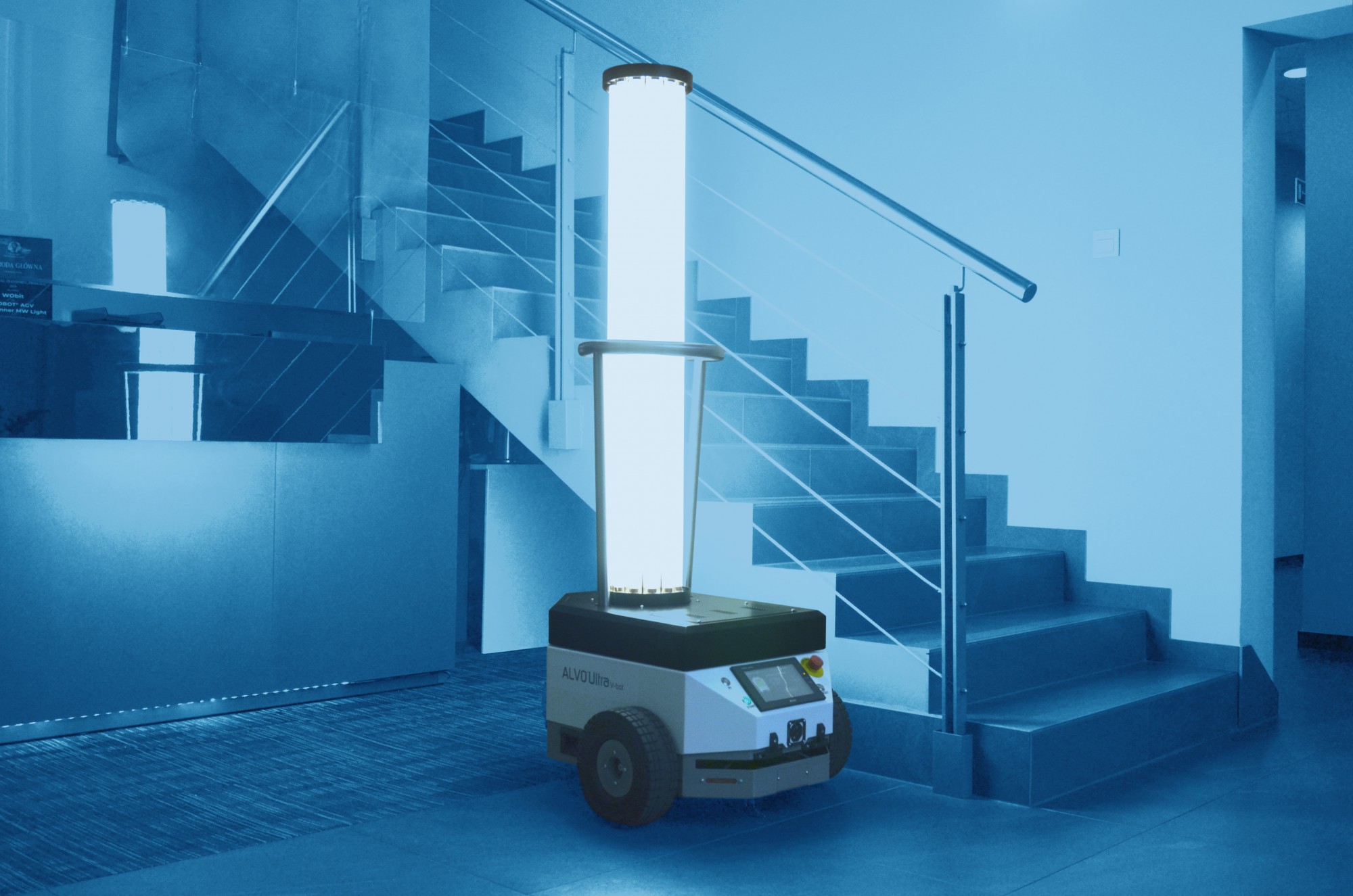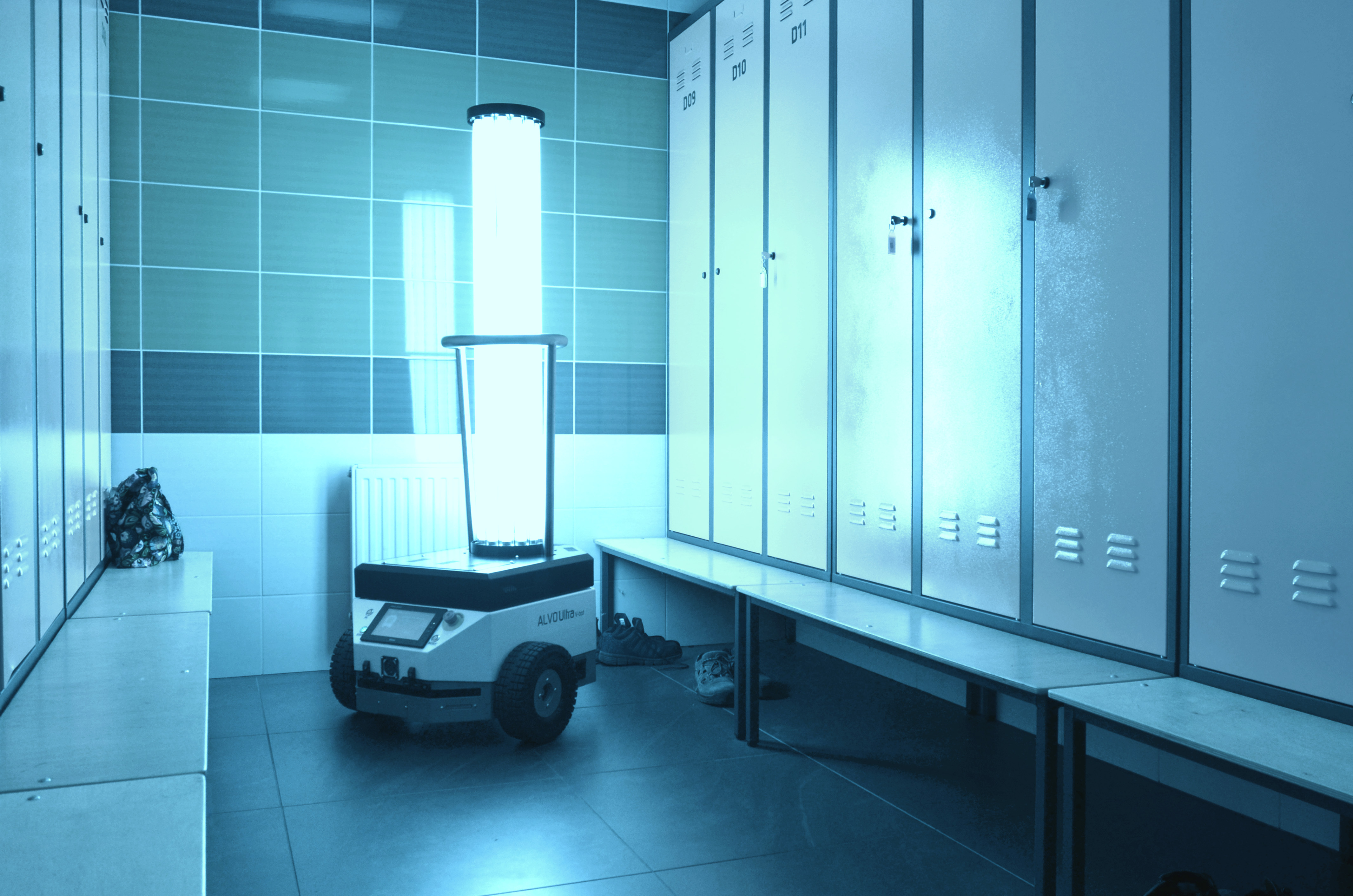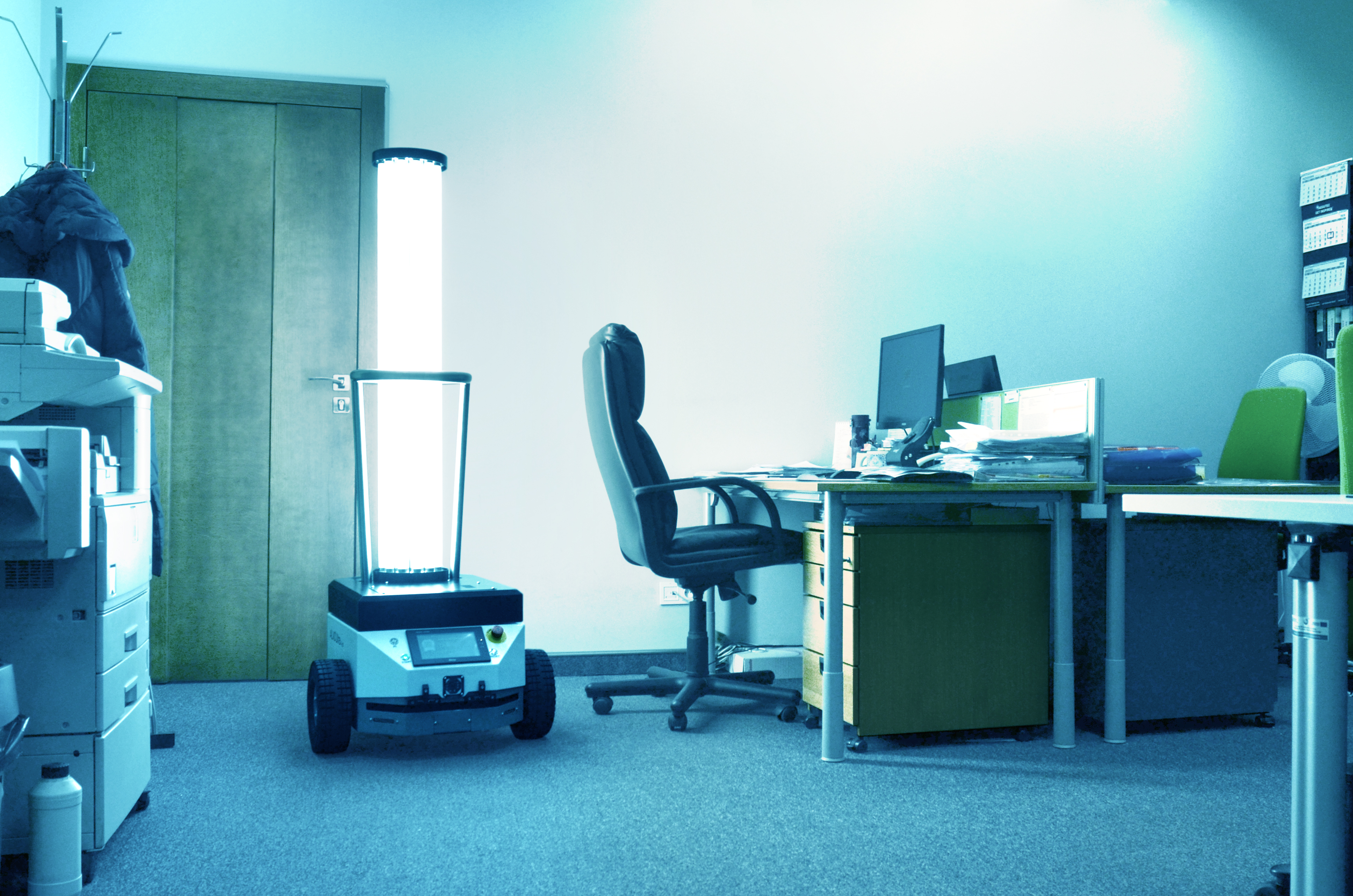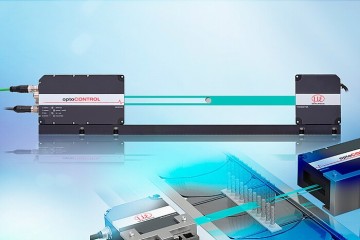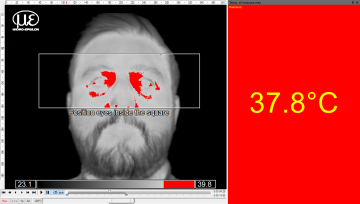Hygiene first
"It is better to prevent than to cure" - this obvious truth was already known to the ancients, so it is not surprising that Hippocrates - the precursor of health prevention included these words in his famous oath.
Health prophylaxis is inherently related to the broadly understood hygiene, including the influence of various factors on human health and life. The World Health Organization (WHO) reports that hygiene refers to conditions and practices that help maintain health and prevent the spread of disease.
The ongoing pandemic focuses particular attention on personal hygiene and the hygienic working environment because taken action in those areas has a significant impact on reducing the spread of the Sars virus-Cov-2. In the case of personal hygiene, these practices mainly include keeping hands clean, at a distance, and wearing protective masks. On the other hand, in the work environment, especially in places where many people are present (production plants, schools, hospitals, airports, railway stations, shopping centers), it also includes all activities ensuring appropriate conditions, safety, and cleanliness of the environment (OHS).
Because the existing hygiene procedures turned out to be insufficient, there was a need to find new solutions and technologies that would effectively destroy dangerous pathogens. One of the known methods of surface disinfection with proven effectiveness is the use of UV-C radiation.
What is UV-C radiation, how does it work, and why is it used to disinfect surfaces and air?
UV-C light has a wavelength of 245 nm and is part of the ultraviolet radiation band invisible to humans (it is shorter than visible light). This type of radiation has strong biocidal properties as it damages DNA and RNA chains and leads to their breakdown. In nature, you can meet them in space, as is emitted by the sun, but the Earth's atmosphere absorbs them totally in the ozone layer. To reach the Earth's surface less harmful UV-A (97%) and UV-B (3%) and their effects on the organisms determined by the time during which they are exposed to its action.
The above properties of the UV-C radiation make it one of the most effective methods of disinfection and are safe for the environment and therefore provides a better alternative to the ways of cleaning with chemicals. It is worth emphasizing, however, that the use of UV-C radiation requires special precautions, as people, animals, and plants cannot be present in places that are exposed to it.
So far, UV-C lamps have been used primarily in medical facilities (treatment rooms, operating rooms), for disinfecting ventilation systems, and in the production of medicines and food. However, as it was previously indicated, many more companies and institutions from various industries have to deal with the challenge of ensuring higher hygiene standards.
Precise, automatic and safe disinfection
New challenges caused the need to create a solution that will effectively reach hard-to-reach spaces and nooks and crannies, and will be universal enough to be used in many industries and rooms. These requirements are perfectly met by ALVO Ultra V-bot, a mobile disinfecting robot developed by ALVO® Medical, in cooperation with technological partners: WObit and Luxiona.
A compact mobile robot equipped with UV-C lamps can easily reach almost every corner of the interior. The thresholds (2-cm) characteristic of older buildings is not a problem for the robot, because it is equipped with stable wheels with a tread, allowing for overcoming them. Properly selected power, type, and height of the UV-C lamps ensure high disinfection efficiency. The lamps used have proven effectiveness in eliminating bacteria, viruses, fungi, yeasts, protozoa, and algae. The construction of the mobile base ensures self-decontamination of the wheels, the low mounting point of the irradiation column enables the decontamination process to be carried out to the bottoms of countertops and desks, while the maximum height with the appropriate power of fluorescent lamps allows for disinfection of wall surfaces - from the floor to the ceiling.
The unique degree of protection (IP65) allows the sterilization zone contaminated returning the robot in the region of the lower registers of the chassis base and a continuous liquid stream or spray from a safe distance.
The ALVO Ultra V-bot can work in three modes: programmed automatic room decontamination, the manual mode in which the device is operated from behind the wall using a tablet and camera preview, as well as an intuitive area learning software. The safe operation of the robot is ensured by the built-in safety system and autonomous navigation that allows for the detection of any obstacles and safe movement in the selected room.
Automation of decontamination with a mobile robot improves the safety of personnel who are not exposed to direct contact with UV-C radiation, as well as with pathogens or strong disinfectants because this process is carried out remotely.
How it's working?
ALVO Ultra® V-bot is equipped with sensors and a scanner with which it creates a virtual map of the surroundings. Creating a map usually consists of driving around selected rooms once and scanning them by a robot. After creating a virtual map of the room, the operator uses a simple application to designate points to be reached by the robot to perform disinfection. Importantly, the application has a built-in memory of decontaminated rooms. The disinfection process is started remotely by the operator using an application on the tablet (communication via Wi-Fi).
The undoubted advantage of automating disinfection using an autonomous mobile robot is also the time savings of the personnel responsible for disinfection. During this time, people can concentrate on other tasks, which, as you know, is abundant, especially in medical facilities suffering from a shortage of employees. The rightly selected intensity of UV-C light allows you to decontaminate the room in a short time. For example, the time of decontamination of a room with a bathroom is approx. 30 minutes, for a toilet it is approx. 8 minutes and decontamination of a hospital lock takes approx. 15 minutes. The robot can decontaminate high-capacity areas, i.e. an emergency department in a hospital or a gym.
The repeatability and precise execution of the process, as well as the automatic generation of reports by the ALVO Ultra V-bot after decontamination, enable the creation of more accurate hygiene plans in various locations, not only in hospitals. ALVO® Ultra V-bot ensures high decontamination efficiency in all significant public spaces: concert halls, schools, production plants, sports clubs, shopping centers, laboratories, etc.
If you are interested in the article and you want to raise hygiene standards, or you are interested in technical details, contact the specialists who will answer your questions.

